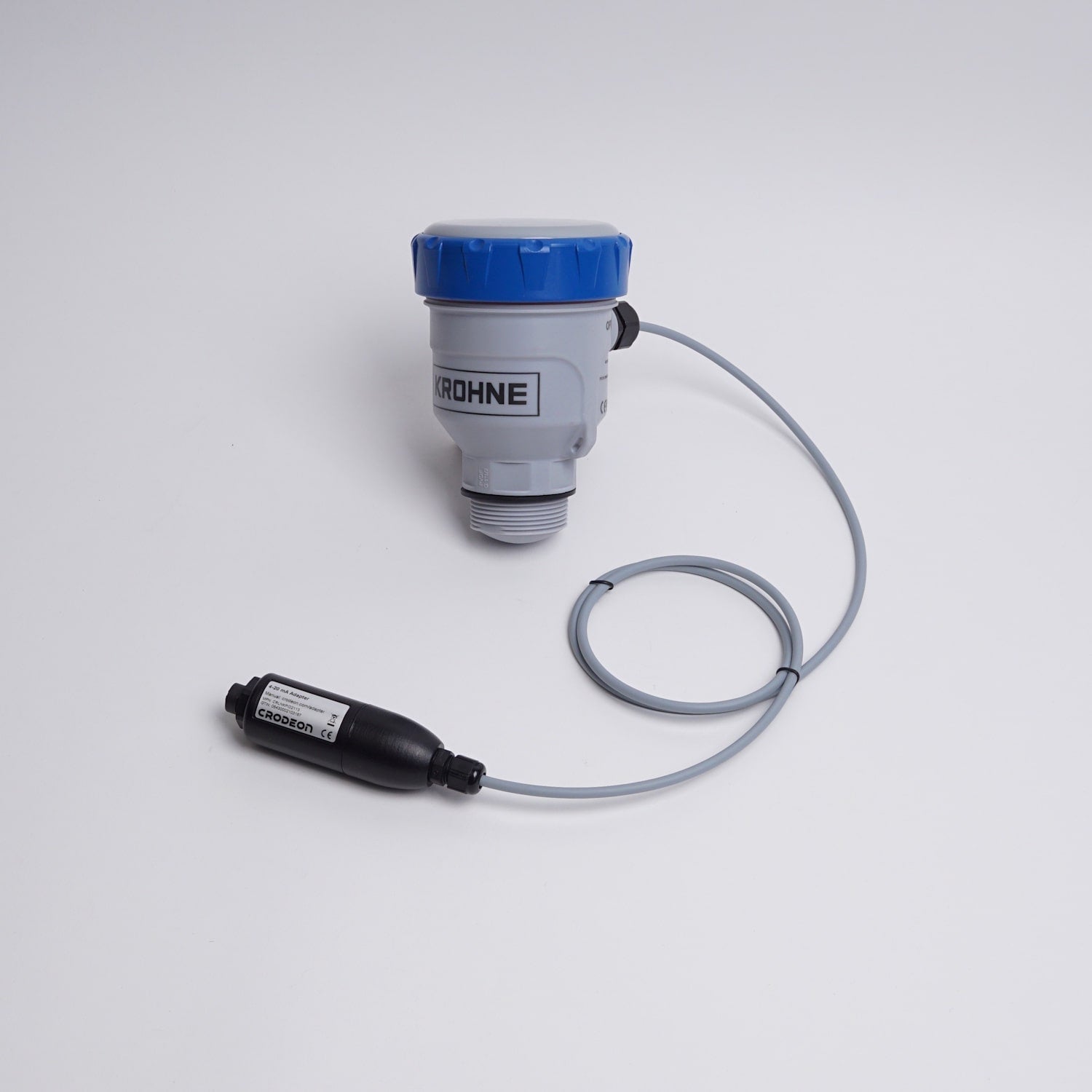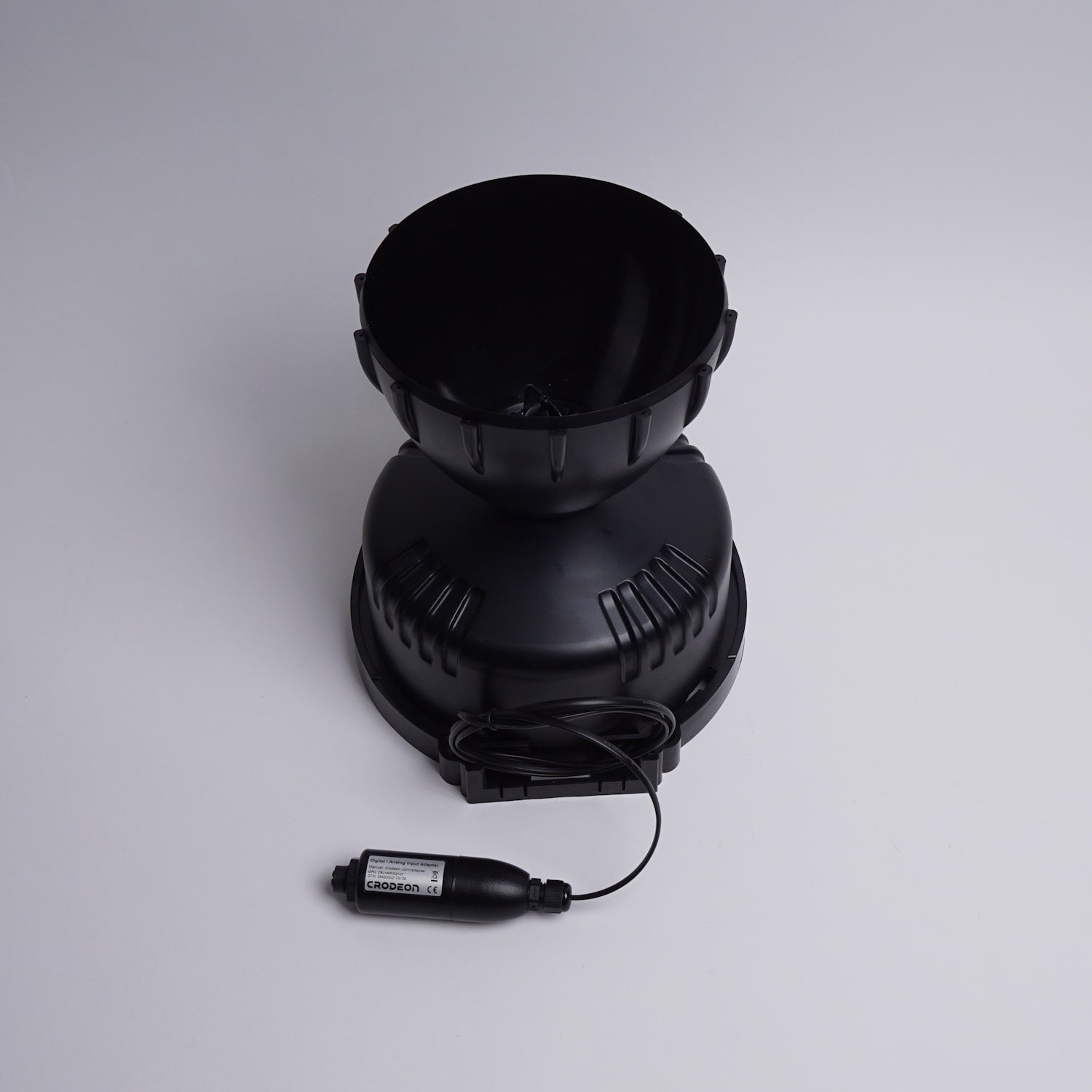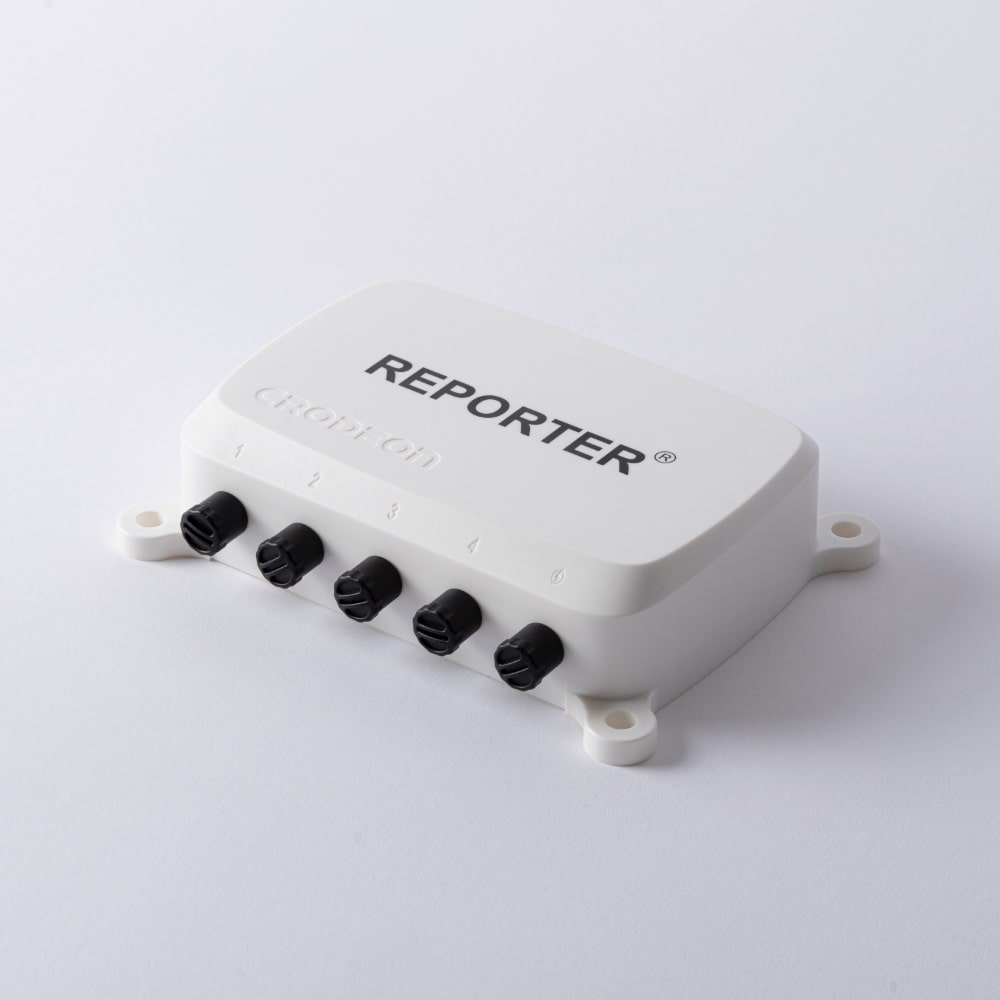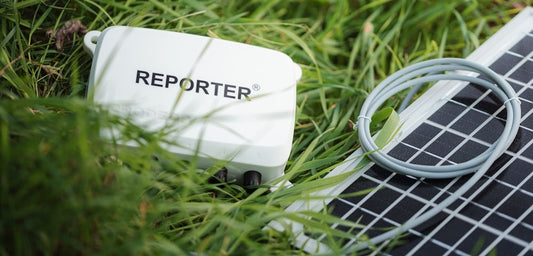Smart monitoring of constructed wetlands for water treatment
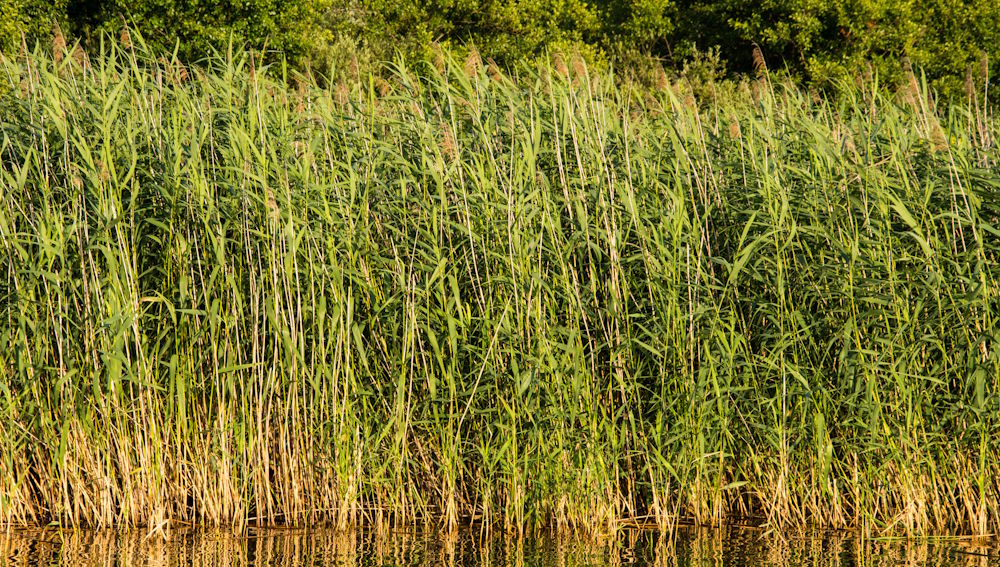
Sewer systems are under growing pressure, often handling more water than they were designed for. That’s why it’s so important for large producers of wastewater or greywater to treat as much of it as possible on-site. The treated water can then be safely reabsorbed into the ground.
One relatively simple and natural method of water treatment is using constructed wetlands, also known as reed bed filters. Smart monitoring with sensors lets you keep a close eye on the purification process.
Greywater treatment with reed beds
A constructed wetland for wastewater treatment uses nature to purify water. Helophytes are aquatic plants with roots in the soil and stems that grow above the water. A prime example used in water filtration is reed.
Reed, or Phragmites australis, develops an extensive root system of rhizomes. This plant absorbs oxygen through its leaves and channels it through its stems to the roots, where it enriches the soil with oxygen.
This oxygenated root zone creates a thriving environment for a wide variety of bacteria and microorganisms. These organisms form a biofilm on the rhizomes and the substrate (lava, gravel, argex, hydro pellets) where the reed bed is planted. As wastewater slowly passes through the bed, the organisms feed on impurities (suspended solids, organic matter, nutrients), naturally cleaning the water.
Image: © Saniwijzer | New sanitation in practice | Conventional constructed wetland

There are several types of plant-based filtration systems for natural water treatment, including surface flow beds, horizontal flow root zone beds, and vertical flow percolation beds.
Using sensors to monitor reed beds for water treatment
Having a reed bed sewage system is one thing, making sure it works properly is another.
There are different ways to monitor wetland water purification systems. Manual checks are time-consuming, labour-intensive, and often overlooked. That’s why automated sensor monitoring is a smart alternative.
Water quality sensors: these measure temperature, pH, oxidation-reduction potential (ORP), and electrical conductivity (EC).
Temperature affects how fast purification happens, with warmer water speeding things up. EC is a good indicator of water purity, as it reflects the concentration of dissolved substances.
Water level sensors: these help you see if your reed bed has too much or too little water. You can use a radar level transmitter, a radar level sensor, or an ultrasonic distance sensor.
Flow meters: these measure how much water is entering and leaving the reed bed, and how quickly. This helps detect any blockage, especially important if you’re monitoring the system remotely.
Based on the EC readings, you can also adjust the water supply. If the outflow isn’t clean enough, the inflow might be too high and should be reduced.
Rain sensors: track rainfall, which is useful for calculating the total water volume in the treatment wetland.
Plant sensors: these give insight into how your reed bed plants are responding to their environment. A good example is the PAR sensor, which measures the amount of usable sunlight the plants receive. This relates to both photosynthesis (growth) and photolysis (light-driven breakdown) in the wetland.
Soil moisture sensors: these measure the water content in the surrounding soil.
Monitoring constructed wetlands the smart way
Reed bed sewage systems can be effectively managed using a range of sensors placed throughout the constructed wetland. But to link them together into one system, you’ll need a sensor module.
At Crodeon, we focus on user-friendly plug & play remote monitoring with smart sensors. Reporter, our sensor module makes data accessible for companies of any size.
Reporter features four connectors, and with our sensor adapter you can connect almost any sensor. You can easily build your ideal monitoring setup for your reed bed filtration system, using only the parameters you care about.
Need to monitor a treatment wetland in a remote or hard-to-reach area? No problem. Reporter has flexible power options: mains electricity, solar panel, or battery pack. With its built-in SIM card, it stays connected via the mobile data network (2G/4G).
All data is sent in real time to the cloud via the Crodeon Dashboard. There, you can view live readings, set up alerts, and tweak your measurement intervals. You can also use our API to automatically forward data to your own systems or integrate it into scientific models.
Make your reed bed filtration system smarter with Reporter
Reporter is built to automate and simplify monitoring of your constructed wetland. Get in touch if you have any questions about using sensors in treatment wetlands.

Sources
Maurice, N., Pons, M., Adouani, N., & Pochet, C. (2022). Development of a monitoring environment for a large-scale Surface-Flow constructed Wetland. IFAC-PapersOnLine, 55(7), 459–463. https://doi.org/10.1016/j.ifacol.2022.07.486
Pinho, H., Barros, M., Teixeira, A., Oliveira, L., Matos, P., Ferreira, C., & Mateus, D. (2023). Smart monitoring of constructed wetlands to improve efficiency and water quality. In Environmental science and engineering (pp. 189–197). https://doi.org/10.1007/978-3-031-31289-2_15
Kleinschalige biologische zuivering | EMIS. (n.d.). https://emis.vito.be/nl/bbt/bbt-tools/selectiesystemen/wass/technieken/kleinschalige-biologische-zuivering
Cordis, C. (2015, August 20). Longer life for water treatment reed beds. CORDIS | European Commission. https://cordis.europa.eu/article/id/169474-longer-life-for-water-treatment-reed-beds


